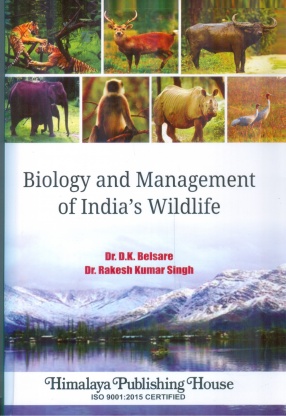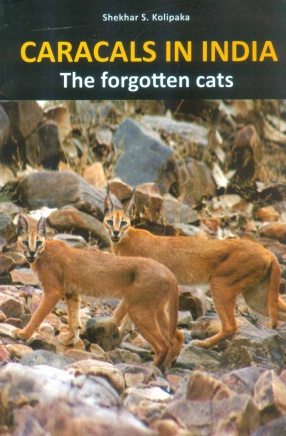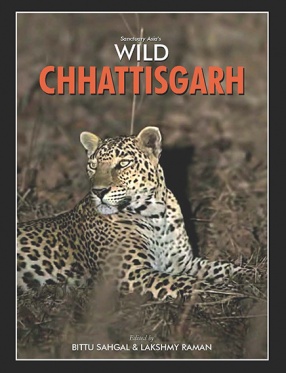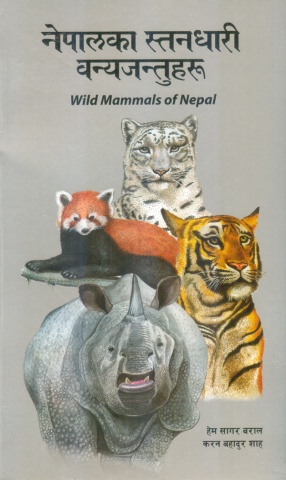Biology and Management of Indias Wildlife
India's wildlife is distributed in Palaearctic, Ethiopian and Oriental biogeographical realms and constitutes 26 endemic species which are critically endangered as per IUCN List. Three species, i.e., Indian Wild Ass, Leopard and Red Fox are threatened to extinction. Many of its wild cats, which balance India's ecosystems, are on the verge of extinction. The Tiger, which is an 'icon' of India, may vanish in near future and efforts are being made to conserve its population at any cost. The meeting of 13 countries held at St. Petersburg (Russia) on 23-24 November, 2010 to plan out for conservation of Indian Tiger's population indicates the importance of this magnificent species of wildlife. Once it becomes extinct, it will not be restored. The healthy forests are recognized by the presence of tiger population, because they are at the apex of ecological pyramid. However, the main aim of this book is to focus the attention of other wildlife species, which are equally important for the health of forests of India and to balance its ecosystems. The management of wildlife should, therefore, be done in scientific manner and considering India's ethnic diversity (Belsare, 2002). The natural heritage of India was made famous in Rudyard Kipling's The Jungle Book and has had a profound impact on people's perceptions of the country's wildlife. Another important point to mention here is the threat posed by endocrine disruptive chemicals in environment coming from disposal of plastic waste, biomedical waste and pharmaceutical industrial effluents, that enter our waterways and soil. The conservationists must pay immediate attention to control this pollution so that we may not loose our precious wildlife species.
Get it now and save 10%
BECOME A MEMBER







Bibliographic information